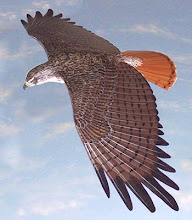I Ask To Be Melted



The sight of the Nut Meadow Brook reminds me that the attractiveness of a brook depends much on the character of its bottom. I love just now to see one flowing through soft sand like this, where it wears a deep but irregular channel, now wider and shallower with distinct ripple-marks, now shelving off suddenly to indistinct depths, meandering as much up and down as from side to side, deepest where narrowest, and ever gullying under this bank or that, its bottom lifted up to one side or the other, the current inclining to one side. I stop to look at the circular shadows of the dimples over the yellow sand, and the dark-brown clams on their edges in the sand at the bottom. (I hear the sound of the piano below as I write this, and feel as if the winter in me were at length beginning to thaw, for my spring has been even more backward than nature’s. For a month past life has been a thing incredible to me. None but the kind gods can make me sane. If only they will let their south winds blow on me! I ask to be melted. You can only ask of the metals that they tender to the fire that melts them. To naught else can they be tender.) The sweet flags are now starting up under water two inches high, and minnows dart. A pure brook is a very beautiful object to study minutely. It will bear the closest inspection, even to the fine air-bubbles, like minute globules of quicksilver, that lie on its bottom. The minute particles or spangles of golden mica in these sands, when the sun shines on them, remind one of the golden sands we read of. Everything is washed clean and bright, and the water is the best glass through which to see it.
--Henry David Thoreau (journal entry for April 11, 1852)
Hermit Canyon (top)
Manzanita Canyon (middle)
Jacqueline du Pré : Intermezzo from "Goyescas"
Ruby Canyon (below)


<< Home